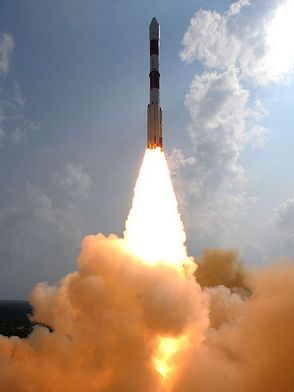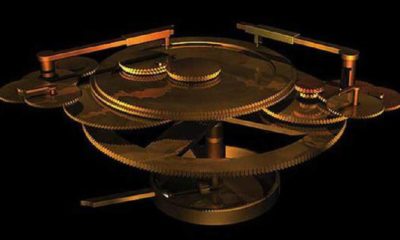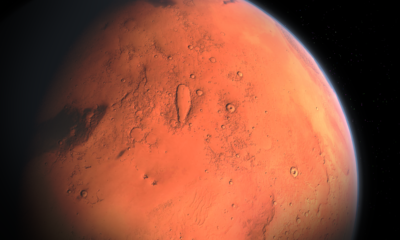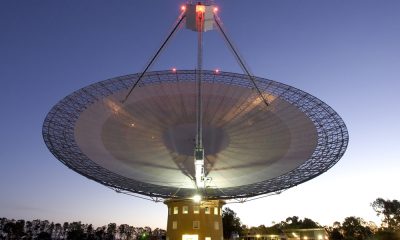
Russia and the United States used to race against each other to conquer space. Today, the race is being fought in Asia. India has joined the race, which is dominated by China at the moment. Japan is also in the race. India has long been known as a hub for technology. It has tapped its deep pool of talents to create the country’s first space probe, called Mangalyaan, the Hindi word for Mars Craft. In English it is called the Mars Orbiter Mission or MOM.
Mars Mission Orbiter
India’s space probe, the gold-foiled MOM, is unmanned. It weighs nearly 1.5 tons and about the size of an average-sized refrigerator. It was launched in November 2013 and expected to reach Mars around September this year, which is almost the same time that the MAVEN satellite from NASA will reach the orbit of the red planet.
MOM was designed to show the technological capability of India to reach Mars. However, it is also programmed to spend from 6 to 10 months in space to conduct several scientific experiments, such as checking for the presence of methane in the planet’s atmosphere. Methane in the air means that it might be possible for the planet to support life.
If the Indian Space Research Organization (ISRO) succeeds, it will be the first space program in Asia that will join the elite Mars explorers group. India has had a taste of success in space exploration. In 2009 it discovered water molecules on the moon through its Chandrayaan-1 probe.
Shoestring budget
The MAVEN Mars mission of NASA costs $671 million. India did an impressive job, creating MOM with a budget of $75 million. This impressive cost effectiveness is hailed as a model of Indian “jugaad” or frugal ingenuity. The engineers of ISRO only had a window of 15 months from the time the project was announced by Indian Prime Minister Manmohan Singh in August 2012 to its launch in November 2013.
Kopillil Radhakrishnan, ISRO chairman explained that they were able to accomplish the huge task through hard work and keeping to a very extreme schedule. Indian engineers earn much less than their American counterparts. They were also schedule-driven, putting in 18- to 20-hour workdays to complete the job. They do not have a rocket with enough thrust to launch the probe out of the atmosphere of the Earth. What they did was to device a slingshot strategy, programming the rocket to circle the earth for one month to gain enough velocity so it can get off the gravitational pull of our planet and safely travel to Mars. The scientific instruments on board were also inexpensive and simple.
The success of MOM will increase India’s reputation internationally. Right now, Indian firms are getting recognition for manufacturing precision instruments that were used in the space probe. It can likewise fire up the growing space race. China is already planning a manned mission to the Moon after the successful landing of Chang’e 3 rover. India is also planning another lunar mission. Japan’s Axelspace is quietly launching micro-satellites. The last one the company launched from Russia late last year will help sea vessels navigate Arctic icebergs.
Photo credit: Taken by Chanakyathegreat under Creative Commons Attribution-Share Alike 3.0 Unported License.















Facebook
Twitter
Pinterest
Google+
LinkedIn
Email